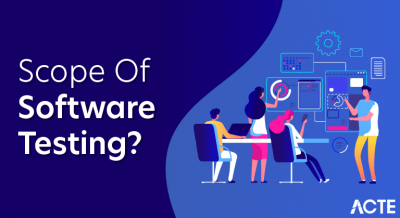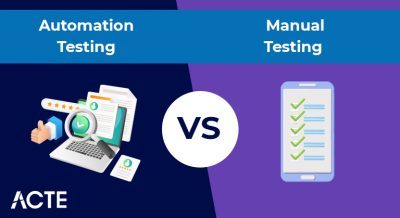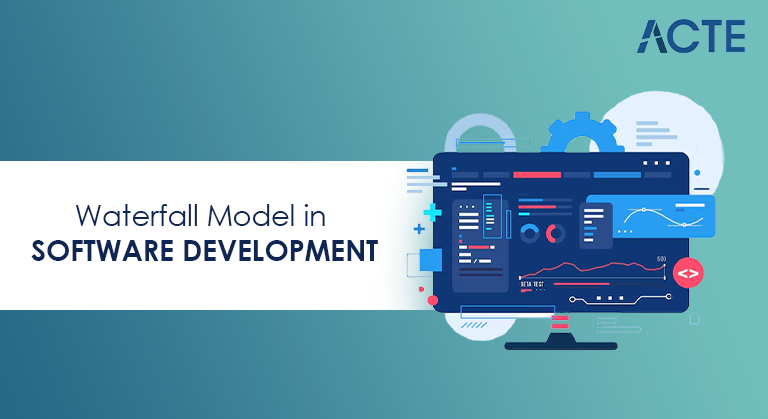
- Overview of SDLC Models
- What is the Waterfall Model?
- Phase-wise Waterfall Steps
- Advantages of Waterfall
- Disadvantages and Limitations
- Project Types Suitable for Waterfall
- Comparison with Agile Models
- Conclusion
Overview of SDLC Models
Software Development Life Cycle (SDLC) models are frameworks that describe the process of developing software from inception to delivery and maintenance. They provide structured guidelines that organize development tasks and phases to improve efficiency, quality, and predictability. Popular SDLC models include the Waterfall, Agile, Spiral, V-Model, and DevOps approaches. Each model has unique characteristics and suitability depending on project complexity, risk tolerance, and stakeholder requirements. Understanding these models helps teams select the right methodology to balance flexibility, control, and speed. The Software Development Life Cycle (SDLC) is a structured process followed by software development teams to design, Software Testing Training develop, test, and deploy high-quality software. It ensures a systematic approach to building software by dividing the development process into defined phases such as planning, analysis, design, implementation, testing, deployment, and maintenance. To cater to different project needs and team dynamics, various SDLC models have been developed over time. Each model offers a unique way to handle the software development process. The most well-known models include the Waterfall Model, Agile, V-Model, Spiral Model, Iterative Model, and Big Bang Model. The Waterfall Model is linear and sequential, ideal for projects with well-defined requirements. In contrast, Agile promotes flexibility and iterative progress, making it suitable for dynamic and fast-paced projects. The Spiral Model combines iterative development with risk management, while the V-Model emphasizes verification and validation at each stage.
Interested in Obtaining Your Software Testing Certificate? View The Software Testing Training Course Offered By ACTE Right Now!
What is the Waterfall Model?
The Waterfall Model is one of the earliest and most traditional SDLC approaches. It is a linear and sequential model where the development process flows downward through distinct phases, much like a waterfall. Each phase must be completed fully before the next begins, and there is generally no going back to a previous phase once it is finished. The Waterfall Model emphasizes thorough documentation Test Scenario and upfront planning, making it straightforward to manage and understand. It is best suited for projects with clear, stable requirements and well-understood technologies. The Waterfall Model is a traditional software development approach that follows a linear, sequential process.
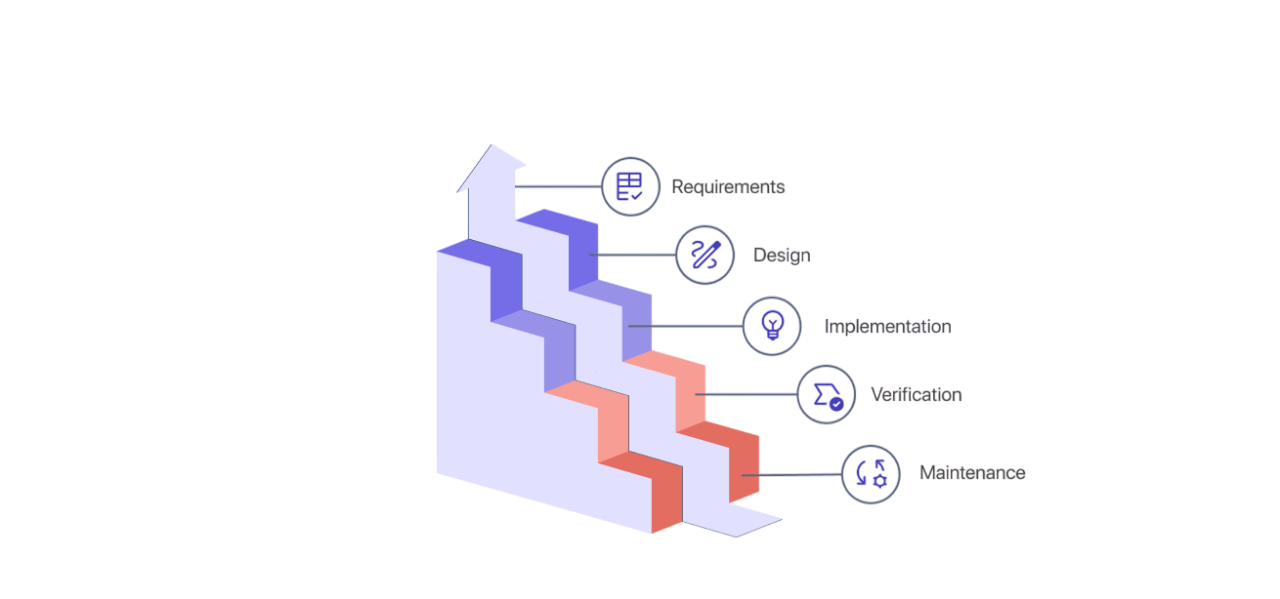
It divides the project into distinct phases requirements gathering, system design, implementation, testing, deployment, and maintenance—each completed before moving to the next. This model is straightforward and easy to manage, making it ideal for projects with well-defined and unchanging requirements. However, it lacks flexibility, as changes in later stages can be costly and difficult. Despite this, the Waterfall Model remains popular in industries where strict documentation and process discipline are essential.
Phase-wise Waterfall Steps
The Waterfall Model divides software development into the following core phases:
- Requirements Analysis: Detailed gathering and documentation of system and user requirements. This phase aims to fully understand what the software must achieve before design begins.
- System Design: Architects and designers create system specifications, including architecture, data flow diagrams, database design, and interface layouts. This serves as a blueprint for developers.
- Implementation (Coding): Developers translate design documents into actual source code, building software modules as per specifications Different Types of Software Testing.
- Integration and Testing: Individual modules are integrated, and the entire system undergoes rigorous testing to identify and fix bugs, verify functionality, and validate performance.
- Deployment: The tested software is installed or released to the end-users or production environment.
- Maintenance: After deployment, the software is monitored, updated, and enhanced to address bugs, security issues, or evolving user needs.
Each phase produces deliverables that act as inputs to the next, promoting discipline and documentation.
To Earn Your Software Testing Certification, Gain Insights From Leading Blockchain Experts And Advance Your Career With ACTE’s Software Testing Training Course Today!
Advantages of Waterfall
The Waterfall Model offers several benefits:
- Simplicity and Clarity: Its linear progression makes it easy to understand, manage, and communicate to stakeholders.
- Well-Defined Milestones: Completion of each phase provides clear checkpoints and deliverables.
- Comprehensive Documentation: Detailed documentation during each phase aids future maintenance and onboarding Software Testing Training.
- Predictability: Fixed scope and timelines allow for accurate estimation of resources and budgets.
- Discipline: Strict phase boundaries reduce scope creep and enforce process rigor.
These features make Waterfall appealing in regulated industries or projects with non-negotiable requirements.
Disadvantages and Limitations
Despite its strengths, the Waterfall Model has notable drawbacks:
- Inflexibility: Once a phase is completed, revisiting it is costly and discouraged, making it unsuitable for projects where requirements frequently change.
- Late Testing: Testing occurs only after implementation, Selenium Career Opportunities increasing the risk of discovering critical issues late in the process.
- User Feedback Delay: Stakeholders see the product only after deployment, which may lead to misalignment with user expectations.
- Poor Adaptability to Complexity: It struggles with complex or innovative projects where uncertainty is high.
- Risk of Project Failure: Changes late in development can cause delays and increased costs.
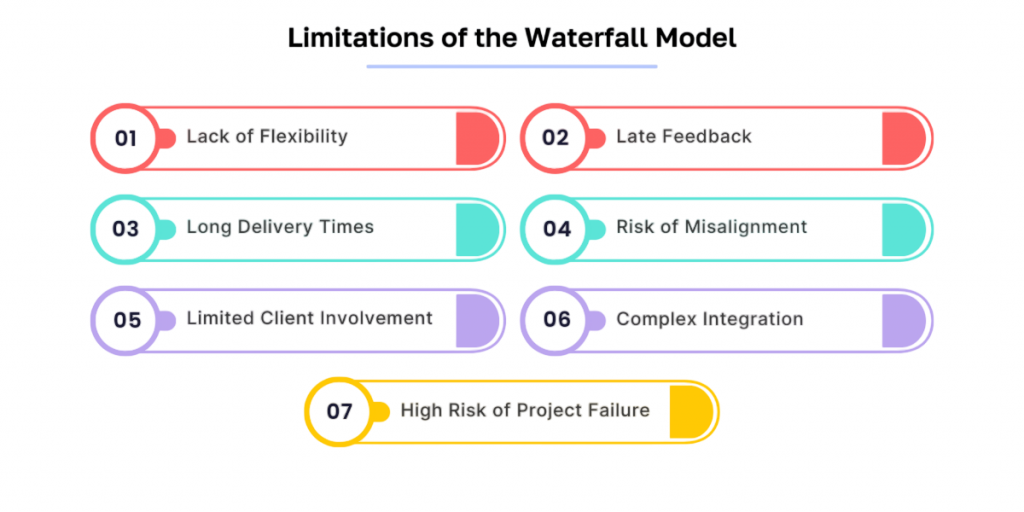
Thus, Waterfall is less ideal in dynamic environments or fast-paced development cycles.
Gain Your Master’s Certification in Software Testing by Enrolling in Our Software Testing Master Program Training Course.
Project Types Suitable for Waterfall
Waterfall is well-suited for projects with:
- Clear, Stable Requirements: Projects where specifications are well-defined and unlikely to change, such as regulatory compliance software.
- Small to Medium Scope: Continuous Testing Less complex projects with limited interdependencies.
- Well-Known Technologies: Projects leveraging familiar tools and platforms.
- Documentation-Centric Environments: Domains like government, defense, or healthcare where documentation and audit trails are mandatory.
For projects with rigid scope and deadlines, Waterfall provides structure and predictability.
Comparison with Agile Models
Comparison with Agile Models emphasize iterative development, collaboration, and flexibility. Agile breaks work into small increments or sprints, allowing continuous feedback, adaptation, and early delivery of usable software. While Waterfall locks in requirements early and follows a linear path, Agile embraces change and user involvement throughout development. Agile is preferred in rapidly evolving markets, startups, or projects with uncertain requirements. Waterfall’s rigidity offers control and documentation but lacks the responsiveness Agile provides. Hybrid approaches Speed or Quality assurance testing sometimes combine elements of both to balance structure and agility. The Waterfall Model follows a linear, sequential approach with distinct phases completed one after another, making it best suited for projects with clear, fixed requirements. In contrast, Agile is an iterative and flexible methodology that embraces change, delivering software in small, incremental cycles called sprints. Agile promotes continuous collaboration with stakeholders and adapts quickly to evolving needs. While Waterfall emphasizes thorough documentation and upfront planning, Agile focuses on working software and customer feedback. Agile is preferred for complex, dynamic projects, whereas Waterfall suits projects with stable requirements and less need for frequent changes.
Conclusion
The Waterfall Model remains foundational in software engineering, especially for projects with stable requirements and high regulatory demands. Its linear, document-driven phases provide clarity and control but limit flexibility in dynamic environments. As Agile and DevOps approaches gain popularity, Waterfall is often integrated within hybrid models to balance rigor and adaptability. Emerging trends involve blending Waterfall’s upfront planning with Agile’s iterative cycles and automation tools to enhance efficiency. Understanding Waterfall’s principles helps software professionals select and tailor development processes that best Software Testing Training fit their project goals and organizational contexts. The Waterfall Model remains a foundational approach in software development, valued for its simplicity and structured process. It is ideal for projects with clearly defined requirements and minimal expected changes. However, its rigidity can be a limitation in today’s fast-paced, ever-evolving environments. Understanding the strengths and weaknesses of the Waterfall Model helps teams choose the right development methodology for their specific project needs. When combined with other models like Agile, organizations can better balance predictability and flexibility to deliver successful software solutions.


